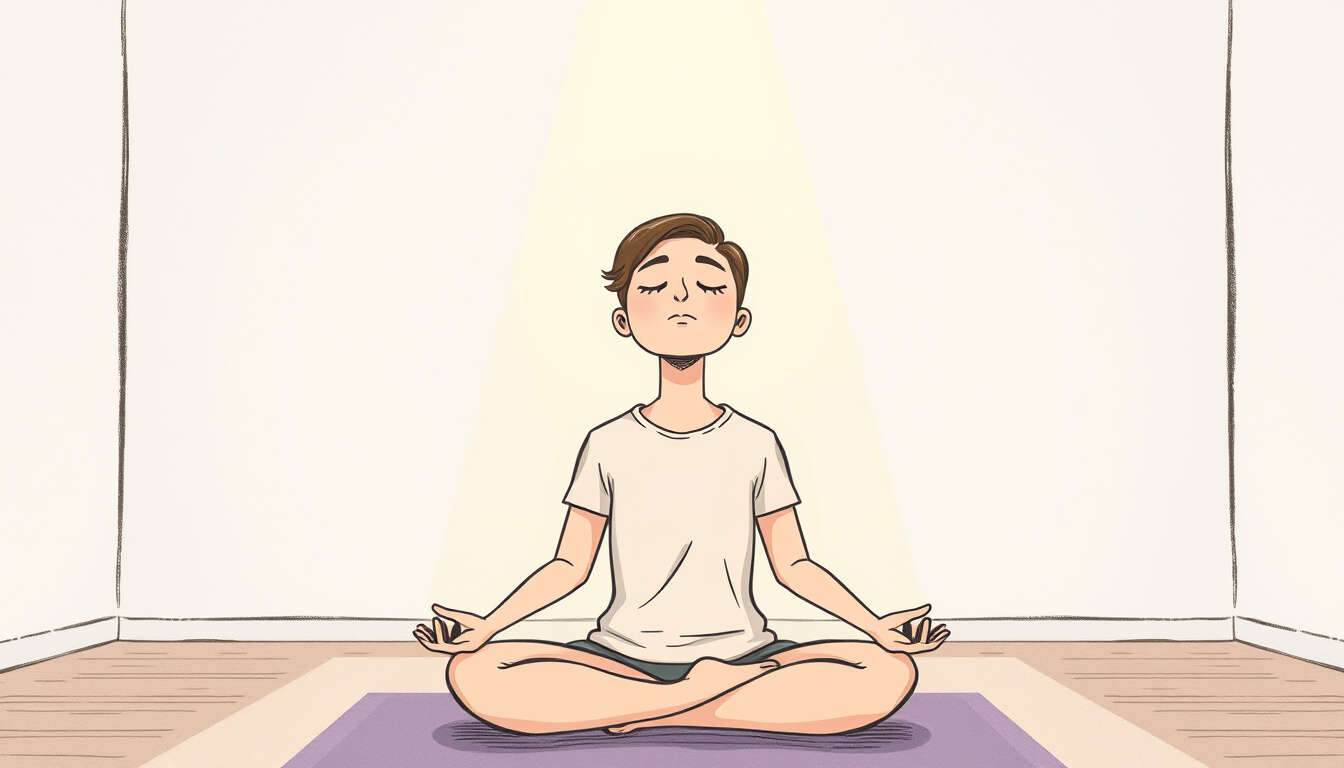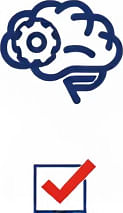Breathing Exercises for Enhancing Productivity in Adults with ADHD
 by Shanie Goodwin
by Shanie Goodwin
Breathing exercises offer a simple way to manage ADHD symptoms, helping adults improve focus and reduce distractions in daily routines. Learn effective techniques to build better habits and boost overall productivity.

Many adults with ADHD face daily hurdles that make staying productive feel challenging. These moments of distraction can lead to frustration, but there are practical tools like breathing exercises that can provide relief and support. By incorporating these methods into your routine, you can create a sense of calm and clarity.
Breathing exercises work by activating the body's natural relaxation response. For individuals with ADHD, this means helping to steady the mind and reduce impulsivity. One key benefit is improved concentration, allowing you to tackle tasks with greater ease.
Why Breathing Exercises Matter for ADHD
These practices can be especially helpful during high-pressure situations. They offer a quick way to reset your focus and regain control. Breathing exercises encourage mindfulness, which fosters a more organized approach to work and daily activities.
Consider starting with basic techniques that fit into your schedule. For example, the 4-7-8 method involves inhaling for four seconds, holding for seven, and exhaling for eight. This technique promotes relaxation without needing much time or equipment.
Simple Techniques to Try
Here are a few straightforward exercises to incorporate:
- Box Breathing: Inhale for four seconds, hold for four, exhale for four, and hold again for four. Repeat this cycle a few times to steady your thoughts.
- Diaphragmatic Breathing: Place one hand on your abdomen and breathe deeply so your belly rises. This helps engage the diaphragm and promotes deeper relaxation.
- Equal Breathing: Inhale and exhale for the same count, such as four seconds each. It's ideal for maintaining balance during work sessions.
Each of these can be done anywhere, making them accessible for busy schedules. The goal is to practice regularly, perhaps during breaks or before starting a new task.
Integrating these into your day might involve setting reminders or pairing them with existing habits. For instance, use ADHD strategies like linking exercises to mealtimes. Over time, this builds a supportive framework that enhances your ability to stay on track.
It's important to be patient with yourself as you adopt new habits. Everyone's experience with ADHD is unique, and finding what works best may take experimentation. By consistently applying these tools, you can notice improvements in your energy and efficiency.
In addition to exercises, combining them with other productivity aids, like breaking tasks into smaller steps, can amplify their effects. Remember, progress comes from small, consistent efforts that align with your needs.
As you explore these methods, you'll likely find they contribute to a more positive outlook. Many people with ADHD report feeling more empowered after regular practice, turning potential obstacles into opportunities for growth.
